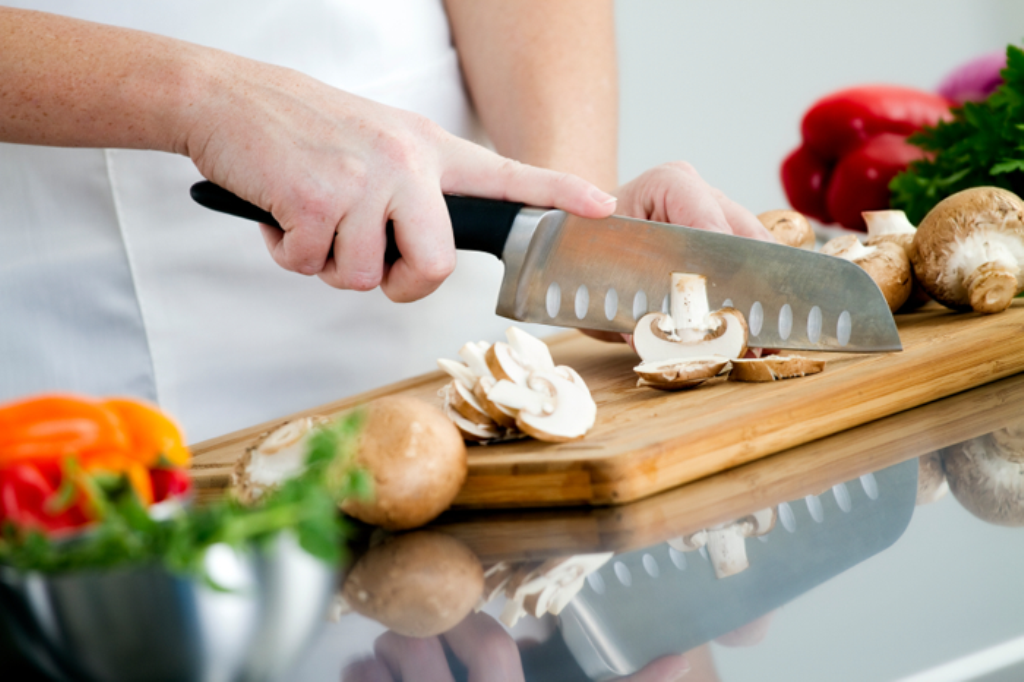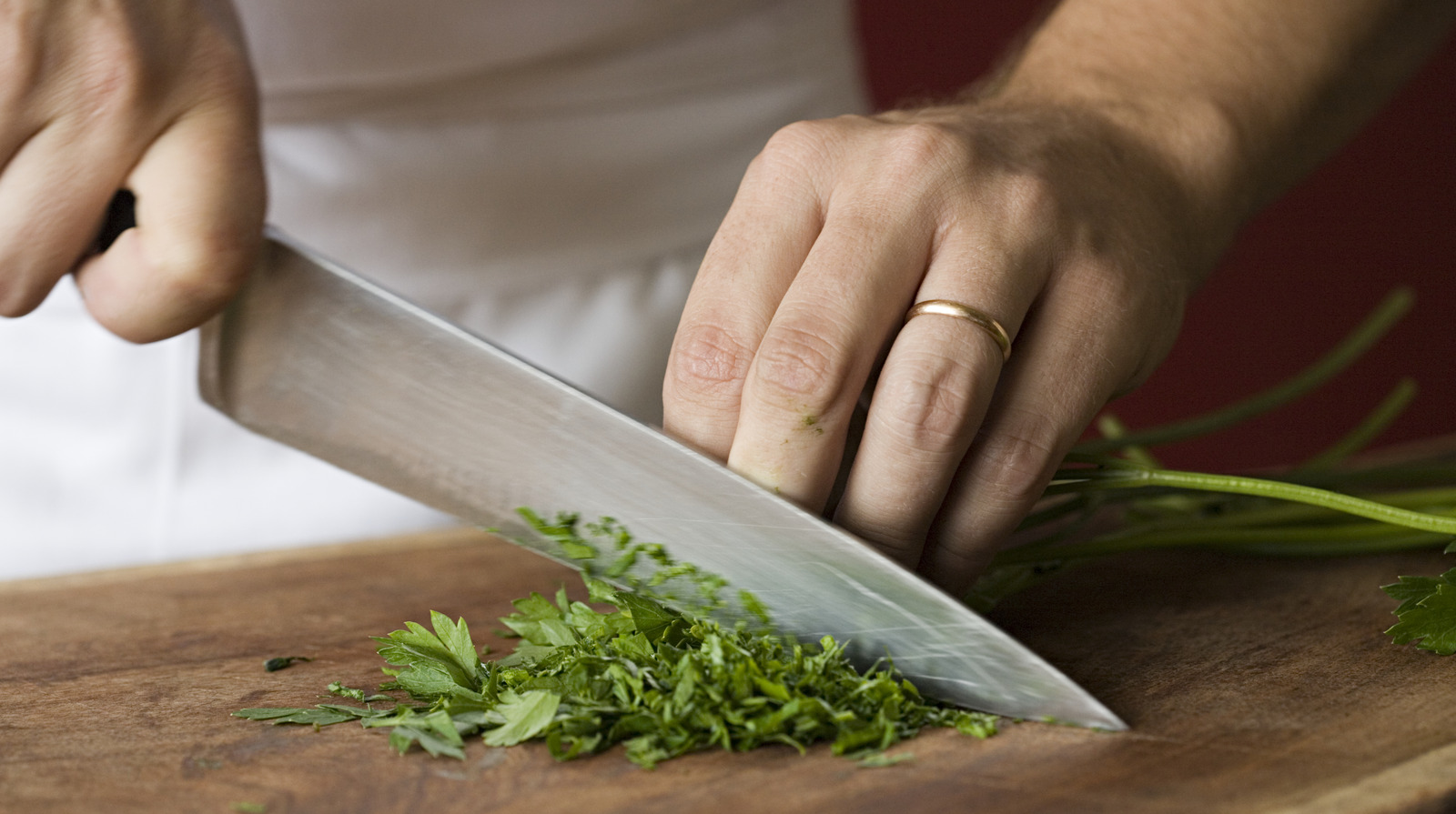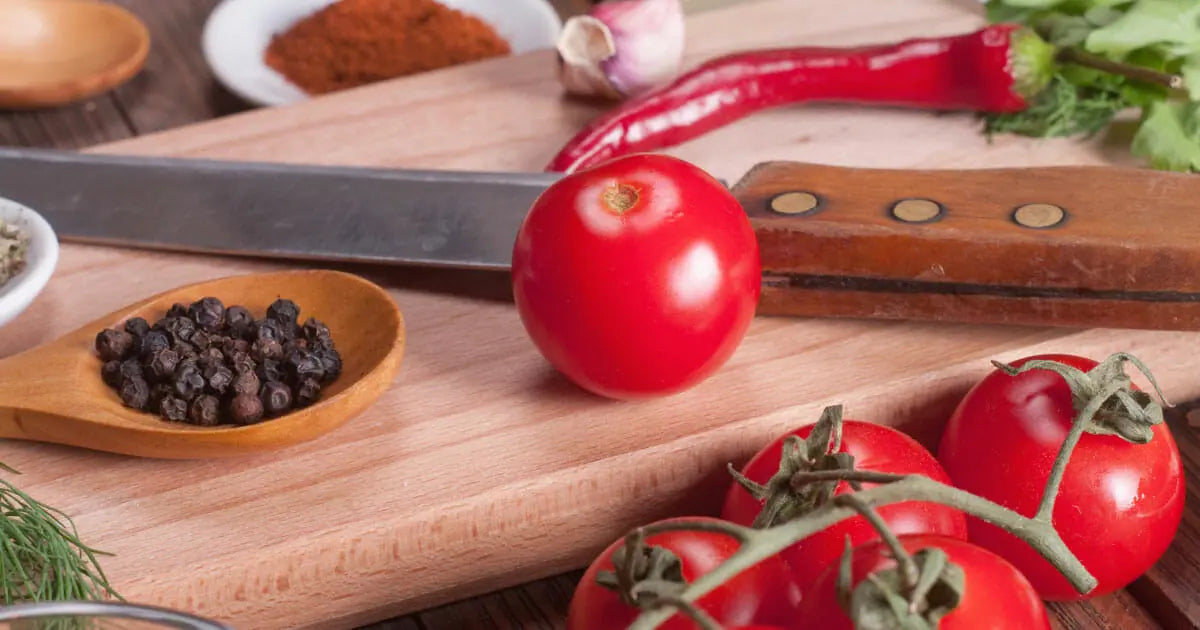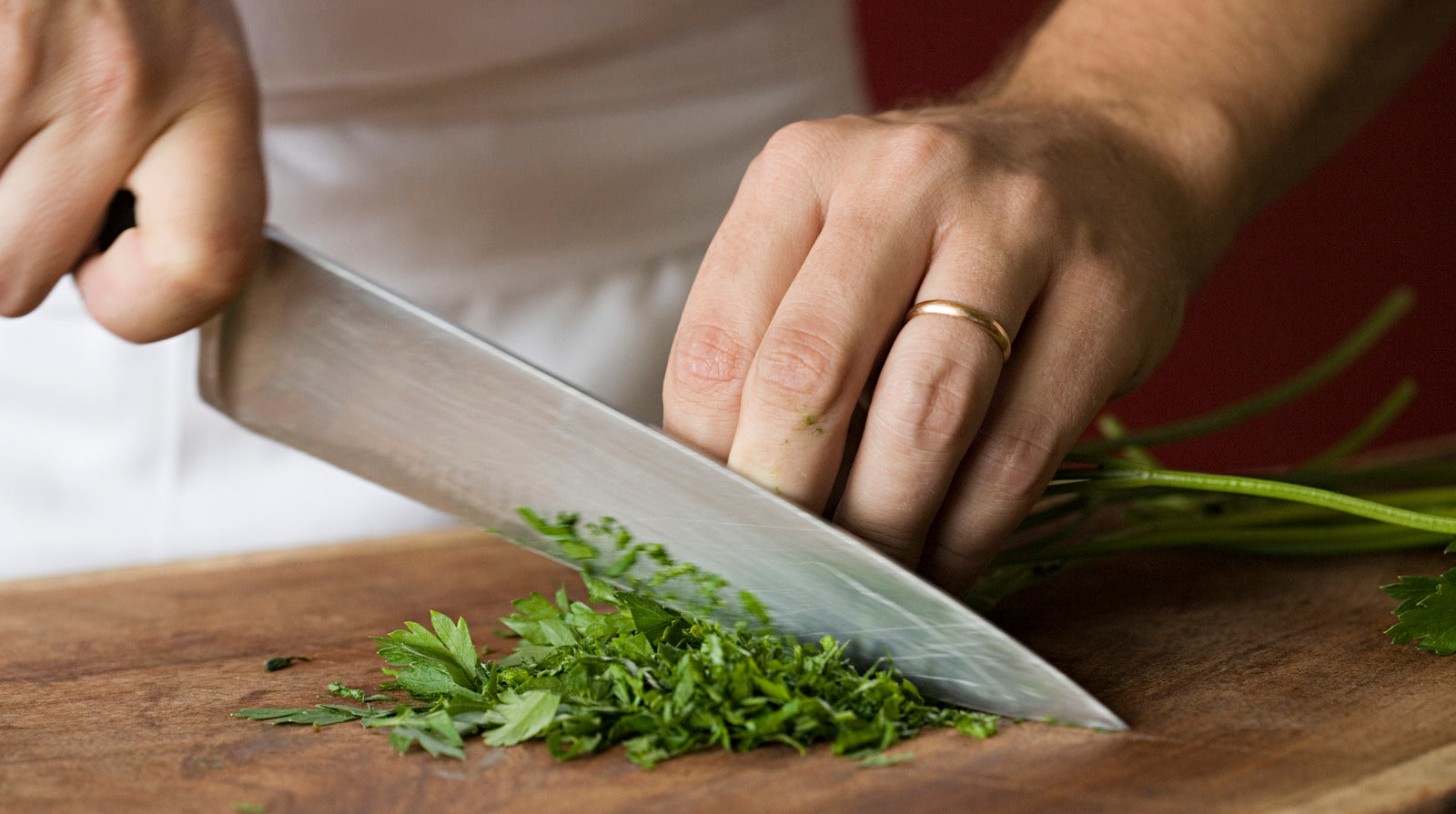Wooden cutting boards are a kitchen staple, beloved by chefs and culinary professionals for their durability, aesthetics, and knife-friendly surfaces. However, a common issue that many professionals and home cooks face is the dreaded warping of their wooden cutting board. If you've ever found your once-flat board now curved and unstable, you're probably wondering, 'Why is my wooden cutting board warping?' This guide dives deep into the causes of warping and provides actionable advice to maintain a straight and stable cutting surface.

What Causes Wooden Cutting Boards to Warp?
Warping typically occurs due to uneven moisture distribution in the wood. Wood is a natural material that expands and contracts when exposed to changes in moisture and temperature. If one side of your board absorbs water or dries out quicker than the other, it results in uneven tension and, over time, warping. Lets break this down further:
1. Uneven Cleaning Practices
Cleaning practices play a significant role in preventing warping. If you only clean one side of the board while leaving the other dry, the uneven moisture distribution can cause warping. Avoid practices like scrubbing the top while neglecting the bottom.
For a comprehensive guide on cleaning your wooden boards, check out cleaning cutting board with vinegar.
2. Prolonged Exposure to Water
Leaving your board submerged in water or in a damp sink can lead to water absorption, weakening the wood fibers and resulting in warping. Always wipe down your board after washing and ensure it dries evenly on both sides.
3. Ignoring Oil Treatments
Wood needs regular conditioning to prevent it from drying out or absorbing too much moisture. Oiling your wooden cutting board with a food-safe oil helps maintain its structural integrity. Neglecting this step can increase the likelihood of cracks and warping.
Learn more about the importance of oiling your board here: why oil a cutting board.
4. Subjecting the Board to Extreme Heat
Wooden cutting boards are sensitive to heat. Placing them near a hot stove, oven, or dishwasher can dry out the wood unevenly and trigger warping. Keep your board away from excessive heat sources.
How to Prevent Warping: Best Tips
Preventing your wooden cutting board from warping requires consistency in maintenance. Here are key actionable tips to keep in mind:
1. Wash Evenly and Dry Upright
When cleaning your cutting board, make sure to wash both sides to ensure an even moisture balance. After washing, stand the board on its side or use a rack to allow air circulation during drying.
2. Regular Conditioning
As mentioned earlier, treating your cutting board with a food-safe oil or wax creates a protective barrier, preventing moisture from entering the wood's porous surface. Not sure how long the oil takes to dry? Visit this helpful link: cutting board oil drying time.
3. Use Both Sides
A simple yet often overlooked tip is to use both sides of your board regularly. This helps distribute wear and moisture absorption evenly, reducing the risk of warping.
4. Store Correctly
A wooden cutting board should never be stored flat on a damp or wet surface. Instead, keep it upright or in a dry, ventilated area.
FAQs: Addressing Common Concerns
Q1: How can you fix a warped wooden cutting board?
A1: To fix a warped board, try soaking the concave side in water and placing the board under a heavy object in a warm environment to help it regain its shape. However, results are not guaranteed.
Q2: How often should I oil my cutting board?
A2: It depends on usage. For kitchen professionals using wooden boards daily, oiling them once a week or every two weeks is advisable.
Q3: Can excessive scrubbing damage my wooden cutting board?
A3: Yes. Aggressive scrubbing can wear out the surface and disrupt the wood fibers. Always use gentle techniques and avoid abrasive cleaners.
For more cutting board safety tips, consider visiting cutting board safety guidelines.

Final Thoughts
Understanding 'why is my wooden cutting board warping' is essential for kitchen professionals. Warping often stems from improper maintenance and environmental factors. With regular care, careful handling, and the right preventive measures, you can maintain your cutting boards longevity and functionality. Want to delve deeper into wooden cutting board care? Explore additional tips on preserving wooden cutting boards.
This article contains affiliate links. We may earn a commission at no extra cost to you.






Leave a comment
This site is protected by hCaptcha and the hCaptcha Privacy Policy and Terms of Service apply.